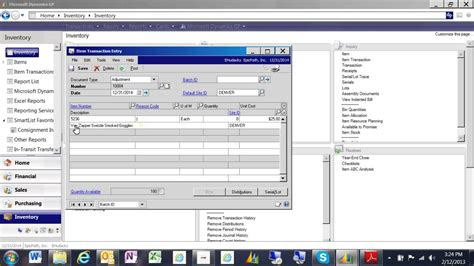Meaning Of Speed Limit
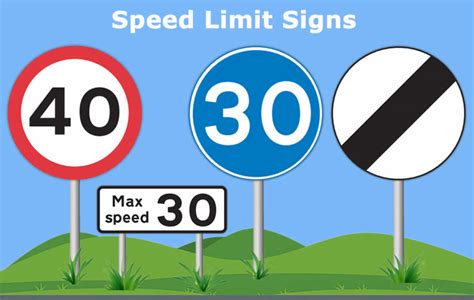
The concept of a speed limit is an essential aspect of road safety and traffic regulation worldwide. It serves as a fundamental guideline for drivers, ensuring the smooth flow of traffic and minimizing the risk of accidents. In this comprehensive article, we delve into the meaning, significance, and impact of speed limits, shedding light on their role in shaping our daily commute and contributing to a safer transportation ecosystem.
The Essence of Speed Limits
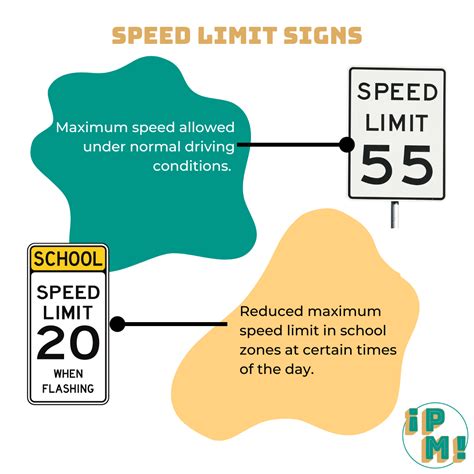
At its core, a speed limit refers to the maximum legal speed at which vehicles are permitted to travel on a given stretch of road. These limits are carefully determined and enforced by transportation authorities to balance the need for efficient travel with the imperative of maintaining safety on the roads.
The establishment of speed limits is a meticulous process, involving extensive research, data analysis, and a consideration of various factors such as road conditions, traffic volume, and the surrounding environment. The primary objective is to set a speed that allows for efficient movement while minimizing the likelihood and severity of collisions.
Safety First: The Importance of Adhering to Speed Limits
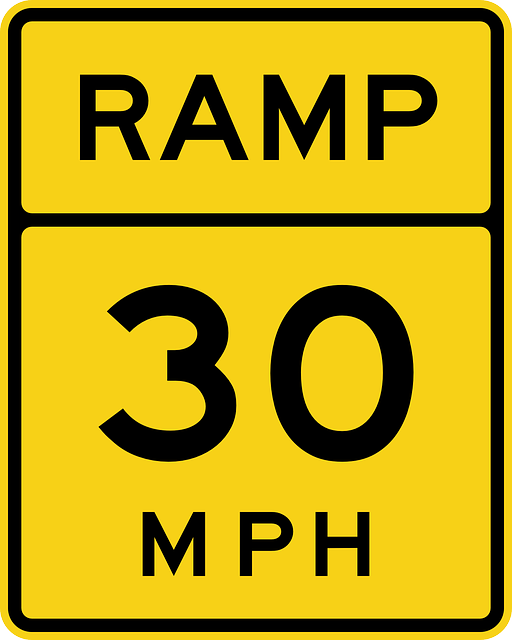
Speed limits are not arbitrary numbers painted on road signs; they are critical safeguards designed to protect the lives of all road users. When drivers adhere to these limits, they contribute to a safer and more predictable driving environment, reducing the risk of accidents and potential fatalities.
One of the key advantages of speed limits is their ability to maintain a consistent flow of traffic. When drivers travel at similar speeds, it becomes easier to anticipate and react to the movements of other vehicles, thereby decreasing the chances of sudden collisions or near-misses. This consistency is particularly vital in areas with high traffic volumes, such as urban centers and highways.
The Impact on Reaction Times
Exceeding the speed limit can significantly reduce a driver’s reaction time in the event of an emergency. At higher speeds, the distance required to stop a vehicle increases exponentially, leaving drivers with less time to respond to unexpected obstacles or hazards. By observing speed limits, drivers ensure they have the necessary time and distance to react safely.
| Speed (mph) | Stopping Distance (feet) |
|---|---|
| 30 | 85 |
| 40 | 145 |
| 50 | 220 |
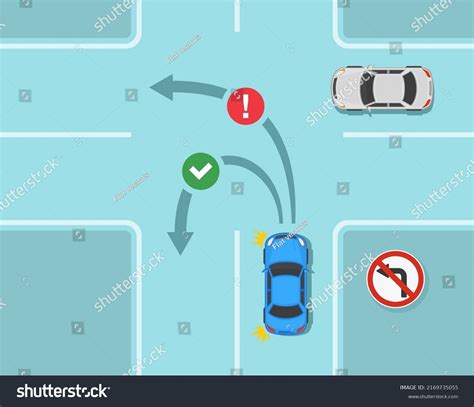
Reducing Road Rage and Aggressive Driving
Speed limits also play a crucial role in mitigating road rage and aggressive driving behaviors. When all drivers are traveling at a similar speed, the chances of frustration and impatience are minimized. This contributes to a calmer and more harmonious driving atmosphere, reducing the likelihood of dangerous maneuvers and potential conflicts on the road.
Enforcement and Penalties
The effectiveness of speed limits relies heavily on their consistent enforcement by law enforcement agencies. Authorities employ various methods, including radar technology, lidar (light detection and ranging), and automatic number plate recognition (ANPR) cameras, to monitor and detect vehicles exceeding the posted limits.
Violations of speed limits often result in penalties, which can include fines, demerit points on a driver's license, or, in more severe cases, the suspension or revocation of driving privileges. These consequences are designed to deter drivers from exceeding speed limits and promote a culture of compliance.
The Role of Technology in Enforcement
Advancements in technology have significantly enhanced the accuracy and efficiency of speed limit enforcement. For instance, speed cameras, strategically placed along highways and residential areas, capture vehicles traveling above the posted limit and automatically issue penalties. This technology not only ensures consistent enforcement but also reduces the need for manual traffic stops, improving overall traffic management.
Dynamic Speed Limits: Adapting to Changing Conditions
In recent years, the concept of dynamic speed limits has gained traction. These are speed limits that adjust in real-time based on various factors such as weather conditions, traffic density, or the presence of road works. Dynamic speed limits aim to further optimize safety and traffic flow by providing drivers with up-to-date guidelines for their specific circumstances.
For instance, during heavy rain or snow, dynamic speed limits may be reduced to ensure drivers can maintain better control of their vehicles and reduce the risk of aquaplaning or skidding. Similarly, in areas with ongoing road construction, speed limits may be temporarily lowered to accommodate the presence of workers and equipment.
The Benefits of Dynamic Speed Limits
Implementing dynamic speed limits offers several advantages. Firstly, it enhances road safety by providing drivers with guidelines tailored to the current conditions. Secondly, it reduces congestion by encouraging a more consistent and efficient flow of traffic. Lastly, it fosters a culture of adaptability among drivers, promoting a more flexible and responsive driving approach.
Speed Limits and Environmental Considerations
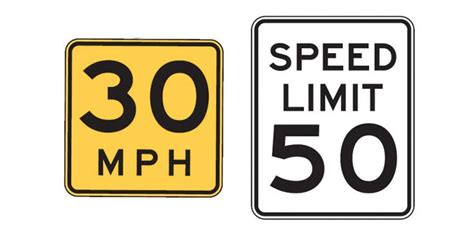
Beyond the immediate concerns of safety and traffic flow, speed limits also have an impact on the environment and energy consumption. Lower speed limits generally result in improved fuel efficiency, as vehicles consume less fuel at slower speeds. This not only benefits individual drivers through reduced fuel costs but also contributes to a decrease in carbon emissions, supporting global efforts to combat climate change.
The Role of Speed Limits in Sustainable Transportation
In the context of sustainable transportation, speed limits play a crucial role in reducing the environmental footprint of vehicles. By encouraging drivers to adopt more fuel-efficient practices, speed limits contribute to the overall goal of creating a greener and more sustainable transportation system. This is particularly relevant in the context of the growing adoption of electric vehicles, where efficient driving habits can significantly extend the range and lifespan of batteries.
The Future of Speed Limits: A Data-Driven Approach
As technology continues to advance, the future of speed limits is likely to be shaped by data analytics and artificial intelligence. With the proliferation of connected vehicles and intelligent transportation systems, speed limits could become even more dynamic and responsive to real-time conditions. This data-driven approach would enable authorities to make more informed decisions, further optimizing safety and efficiency on the roads.
Additionally, the integration of vehicle-to-infrastructure (V2I) communication could allow for more precise and personalized speed limit guidelines. Vehicles could receive real-time updates on road conditions, traffic patterns, and potential hazards, enabling drivers to make more informed decisions and adjust their speeds accordingly.
Conclusion
In conclusion, the meaning of speed limits extends far beyond a simple numerical value on a road sign. They represent a critical component of road safety, traffic management, and environmental sustainability. By adhering to speed limits, drivers contribute to a safer, more efficient, and more harmonious transportation ecosystem. As technology continues to evolve, the future of speed limits promises even greater precision and adaptability, further enhancing our driving experiences and the safety of all road users.
How are speed limits determined?
+Speed limits are determined through a comprehensive process involving traffic engineering studies, which consider factors such as road geometry, traffic volume, crash data, and the surrounding environment. The goal is to set a speed that optimizes safety and efficiency.
Are there different speed limits for different types of vehicles?
+Yes, in many jurisdictions, there are separate speed limits for cars, motorcycles, and heavy vehicles like trucks. This differentiation takes into account the unique characteristics and capabilities of each vehicle type, aiming to ensure safety and efficient traffic flow.
How do dynamic speed limits work in practice?
+Dynamic speed limits are often displayed on variable-message signs along the road. These signs can be updated remotely, providing drivers with real-time information on the recommended speed for their current conditions. This system helps drivers adjust their speeds accordingly and promotes safer driving.



